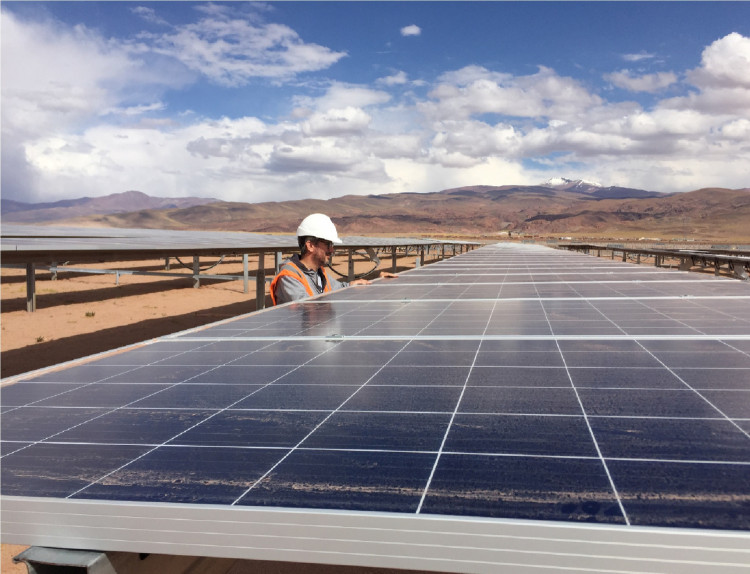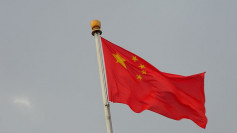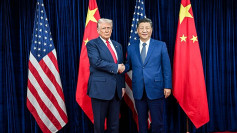China shows its determination to lead the world in clean energy technology through its newly built fusion reactor which will fully function in 2050. The reactor built by the Chinese scientists is also called an "artificial sun" because of the heat and power that it produces.
The Experimental Advanced Superconducting Tokamak (EAST) is a doughnut-shaped facility out on a spit of land into a lake in eastern Anhui province in China was made through a succession of research. The facility was the world's first facility to sustain certain conditions for nuclear fusion for longer than 100 seconds in 2017. It was tested in November to withstand 100 million degrees Celsius which is six times as hot as the core of the sun. The temperature that the facility can endure is essential in achieving fusion reactions which is an inexhaustible source of energy.
The main reactor of the facility is built within a concrete structure. Pipes and cables attached to the reactor are connected to censors and other equipment that encircles the core. Song Yuntao, a top official involved in the project, said during a tour of the facility that they are hoping to expand international cooperation through this device (EAST) and make Chinese contributions to mankind's future use of nuclear fusion. He added that the country is also aiming to build a separate fusion reactor that could commercially distribute power by mid-century. China promised to provide six billion yuan for the project.
The project is funded by the European Union, India, Japan, China, Russia, South Korea, and the United States. The most important part of the facility is a giant fusion device called a tokamak. It needs billions of dollars to build the project's centerpiece. The tokamak is now under construction in Provence in southern France. Parts constructed and research findings from EAST and other sites will be incorporated with the construction in France. Fusion is considered as the Holy Grail of energy and it is comparable to the power that the sun produces. It merges atomic nuclei to create massive amounts of energy. It is the inverse process of fission where atoms are split into fragments. Atomic fission is used in atomic weapons and nuclear power plants. Fusion does not emit greenhouse gases, unlike fission. It also carries less risk of accidents.
Wu Songtao, a top Chinese engineer with ITER, said that China's capabilities "have developed rapidly in the past 20 years, especially after catching the ITER express train. He added that fusion is not something that one country can accomplish alone.






